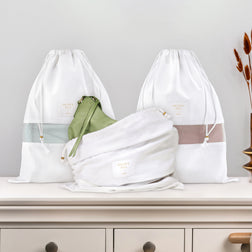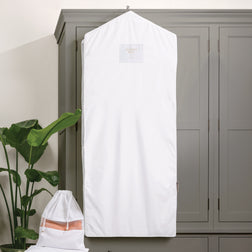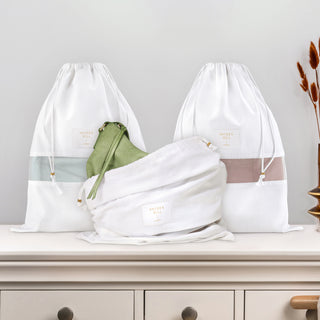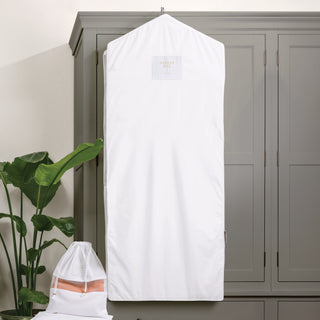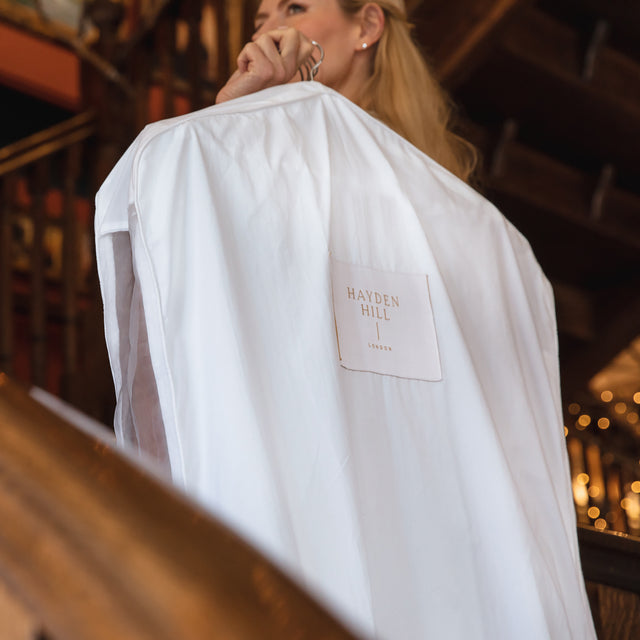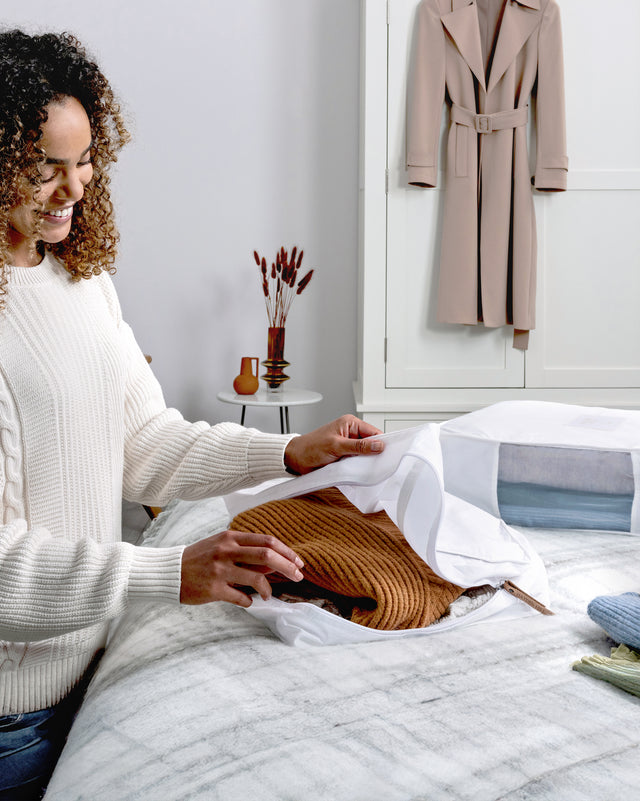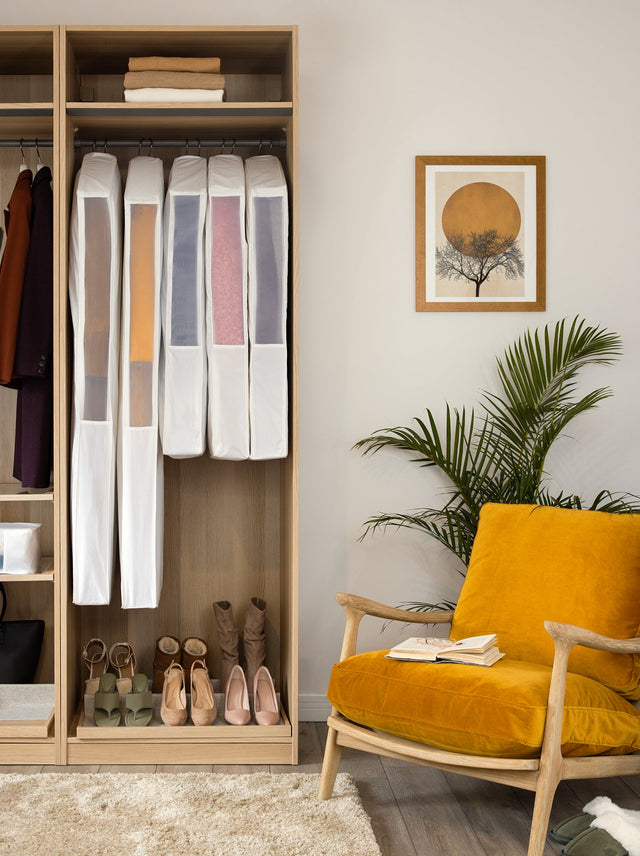Modal fabric is relatively new to the fashion industry. It is a semi-synthetic fabric made from wood pulp, so that may lead you to believe it is a sustainable and environmentally friendly option.
Modal fabric is relatively new to the fashion industry. It is a semi-synthetic fabric made from wood pulp, so that may lead you to believe it is a sustainable and environmentally friendly option.
But before you make a purchase, perhaps it would be beneficial to dig deeper into this new fabric to find out what it is, how it’s made, and whether it truly aligns with your values.
What is Modal Fabric?
Modal is a type of rayon fabric that is lighter, more breathable, and more durable than standard rayon. It is commonly used to make clothing and household linens like sheets and towels.
Modal is a semi-synthetic type of rayon that is made from beech tree pulp. It is lighter, more breathable, and more durable than standard rayon and is commonly used to make clothing and household linens like sheets and towels.
To give it more strength, modal is often blended with other fibers like cotton and spandex. Its soft, luxurious feel makes it a luxury textile, and it is more expensive than cotton or viscose rayon.
What is Modal’s History?
The majority of modal fibers originate from plentiful, Austrian beech trees found in northern and central European forests, so there is no need for clearing land to grow a new crop.
Modal has been used for decades since its creation by the Japanese in the 1950s. Initially, because of its durability, modal was used for industrial applications, specifically in the manufacture of tires and conveyor belts.
Gradually, as technology advanced, modal emerged as a wear-resistant, fade-resistant, and breathably soft fabric. As a result, modal is now employed in a variety of products, including clothes, furniture, and bed sheets.
How is Modal Fabric Made?
Modal fabric is made by spinning reconstituted beech tree cellulose into fibers, which is then formed into yarn.
Like other fabrics made of cellulose fibers, modal absorbs dye easily and retains its color when washed in warm water, making it a popular choice for underwear and athletics. It is also highly resistant to shrinking and pilling.
Some modal is manufactured in Japan, but the majority is manufactured in China.

Is Modal Fabric Eco-Friendly?
Modal consumes less water, takes up less space, and requires fewer trees to be cut down than other textiles. Beech trees are more ecologically sustainable than other textile plants, consuming 10 to 20 times less water than cotton plants and not requiring artificial irrigation.
At first glance, these characteristics suggest that modal is an environmentally responsible fabric.
Unfortunately, most textile manufacturers that use yarn to make modal fabric are not as environmentally friendly as the fabric itself. Many of them use excessive amounts of water and chemicals in the production process. Even if the yarn is sourced sustainably, many textile manufacturers who make modal fabric are not.
Despite the fact that the material is plant-derived, the production process involves soaking the fabric in chemicals such as sodium hydroxide and carbon disulfide, which is why modal is classified a semi-synthetic fabric.
What is Modal’s Environmental Impact?
There are two major environmental concerns to be mindful of when it comes to modal fabric. Since modal is made from tree fibers, consumers should be conscious of both the trees' origins and the manufacturer’s process of converting them into a fiber.
Destruction of the Forest
Obtaining the beech wood necessary to make modal risks depleting the native forests.
Currently, the level of demand for modal and the abundance of beech trees mean the European forests are not in danger. However, as the popularity of modal increases, the limited tree crop will decrease, and other areas may be considered for deforestation and new crop planting.
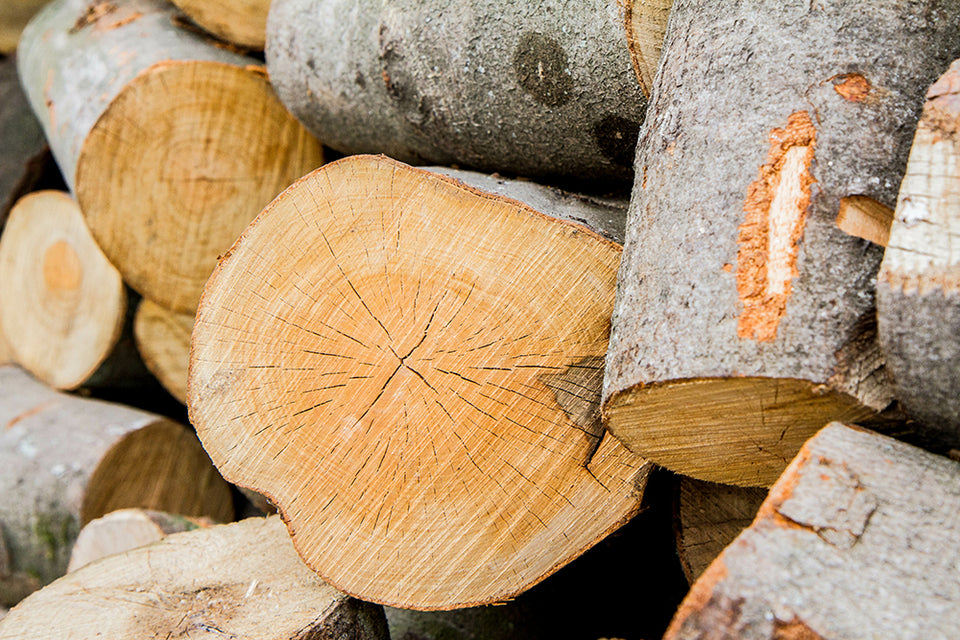
Use of Harmful Chemicals
Toxic chemicals are employed during the manufacture of rayon garments to dissolve and cleanse the cellulose. This process, known as xanthation, uses a deadly and neurotoxic chemical called carbon disulfide, which is then released into the environment via the air or polluted water.
This not only harms any animals that come into contact with it, but it is also catastrophic for the people who produce the clothes, as they can suffer from major medical problems ranging from liver damage to blindness— or even death!
Fortunately, many rayon manufacturers have begun to use chemical scrubbers or devices to catch the toxins before they enter the ecosystem.
Modal Fabric Certifications
Modal fabric cannot be certified as organic due to its semi-synthetic nature. However, Lenzing Modal, one of the world's largest manufacturers of modal fabric, is a company that only sources its cellulose from sustainably harvested forests.
As a result, consumers and textile manufacturers who buy modal fabric that is made by Lenzing Modal may be confident that the trees used to make the fabric were harvested in a sustainable manner.
Advantages and Disadvantages of Modal Fabric
Because of its lightweight and softness, modal is considered a luxury fabric and has grown in popularity among environmentally aware fashion designers.
Modal Fabric Advantages
Modal offers several advantages that appeal to designers and fashion enthusiasts alike.

Highly Absorbent
Modal is 50% more absorbent than cotton, which is why it is a popular fabric for underwear, activewear, and lingerie.
Energy Efficient
Unlike other fabrics, modal fabric needs only minimal detergent and a short washing cycle to become clean, so it is an energy-efficient option.
Stretchy and Breathable
Modal fabric's weave promotes breathability. As a result, it's a fantastic choice for both athletic wear and everyday wear, such as T-shirts, leggings, and baby clothes.
Pull, Shrink, and Crease-Free
Modal fabric remains smooth and wrinkle-free with little to no ironing and is an excellent option for those who prefer low maintenance clothing.
Modal Fabric Disadvantages
Though it has many benefits, modal also has a few disadvantages to keep in mind.
Cost Prohibitive
Modal is not as economical as viscose rayon or cotton. Despite inexpensive manufacturing costs, modal fabric has a high consumer price.
May Cause Allergies
Some people have negative reactions to modal fabric. In some cases, it may trigger allergic reactions such as itching, redness, rashes, and, rarely, skin blistering.
Turns Yellow When Near Heat
Modal is a semi-synthetic textile made from plants. As a result, when it is exposed to heat greater than body temperature, it may become discolored.
How Do You Care For Modal Clothing?

Modal fabric can be machine washed and dried. However, before placing it in a washing machine, check the manufacturer’s care label. Modal blends, such as those blended with cotton or spandex, may have different requirements.
But, here are a few general care tips that will help extend the longevity of your modal clothes.
Use Cold Water
Though you can wash pure modal in any water temperature, cold water is usually preferred.
Use Oxygen-Based Bleach
Since chlorine bleach can weaken the cloth, it should not be used during the washing process. Use oxygen-based bleach instead.
Dry on Low to Medium Heat
To avoid wrinkling, remove your clothes from the dryer when they are still somewhat damp and hang up to air dry.
How Does Modal Compare to Viscose and Lyocell?
Modal is one of the newest semi-synthetic fibers on the market, but there are a couple of others that are similar and have gained popularity among environmentally conscious shoppers.
Difference Between Modal and Viscose Rayon
Modal is often compared to viscose with good reason. Viscose is also semi-synthetic and is made from wood pulp, such as beech, pine, eucalyptus, and bamboo.
Viscose is considered semi-synthetic because it is produced using a large amount of toxic chemicals that pollute the air and water. Sulfur, nitrous oxides, carbon, disulfide, and hydrogen sulfide are often found in air surrounding viscose manufacturing plants.
In comparison, modal’s manufacturing process uses fewer chemicals and results in a fabric that is stronger, lighter, and more breathable than viscose. In fact, unlike viscose, modal is even stronger when it is wet and doesn’t lose its shape.
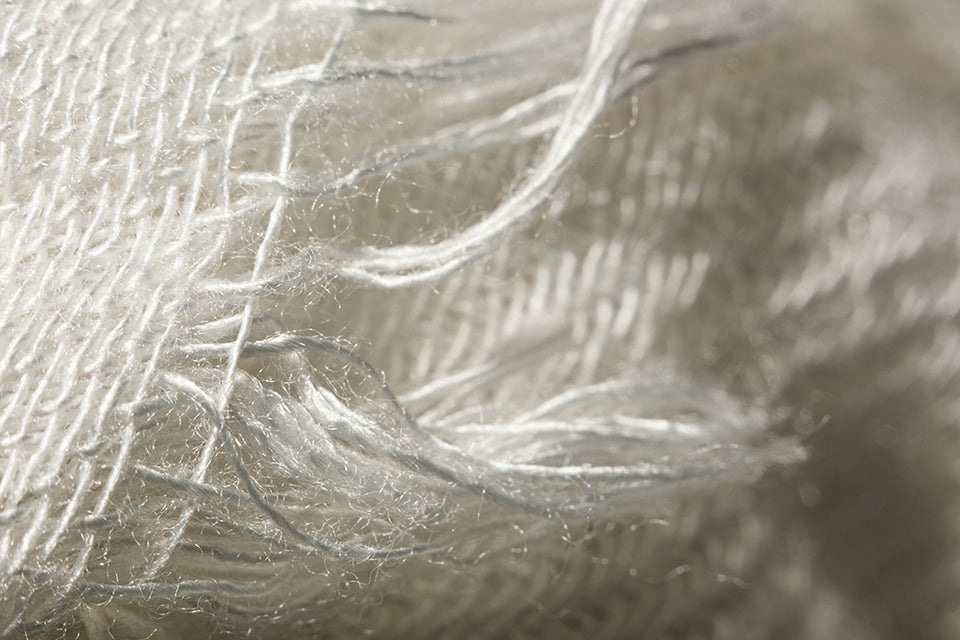
Difference Between Modal and Lyocell
Modal is also extremely similar to lyocell, a 100% organic rayon.
Lyocell is even more environmentally beneficial than modal because it is manufactured with an organic solution that replaces the sodium hydroxide used in modal, making it a sustainable fabric. The eco-friendly Lyocell can also be manufactured from a variety of trees, including beech and eucalyptus trees.
FAQs
What is better: cotton or modal?
Though modal is softer and silkier, cotton is more breathable and warmer, making it a better choice in cold temperatures. Plus, cotton is much less expensive than modal. And, organic cotton is environmentally friendly and a widely available sustainable option.
Is modal fabric the same as polyester?
Modal and polyester are not the same. Modal is a semi-synthetic, unlike polyester, which is made entirely of plastic and fully synthetic. Modal fabric is also capable of full decomposition.
Is modal a good fabric?
Modal is a wonderful fabric for sportswear, t-shirts, base layers, and undergarments because of its breathable weave. It absorbs 50% more than cotton and is particularly sturdy due to its tight weave and long fibers.
For those who value sustainability and want to make more eco-friendly shopping choices, modal can be a good option depending on how it is manufactured. Conventional modal fabric manufactured in China, Pakistan, and Indonesia are not considered sustainable or eco-friendly, and the effects of toxic compounds on both the workers and the ecosystems are troubling.
When purchasing modal clothes, it can be difficult to determine where the modal originated and who created it. We must rely completely on the brands and their transparency about their manufacturing practices. Ethical companies will usually specify that the modal is from Lenzing, so look for that information before purchasing an item.
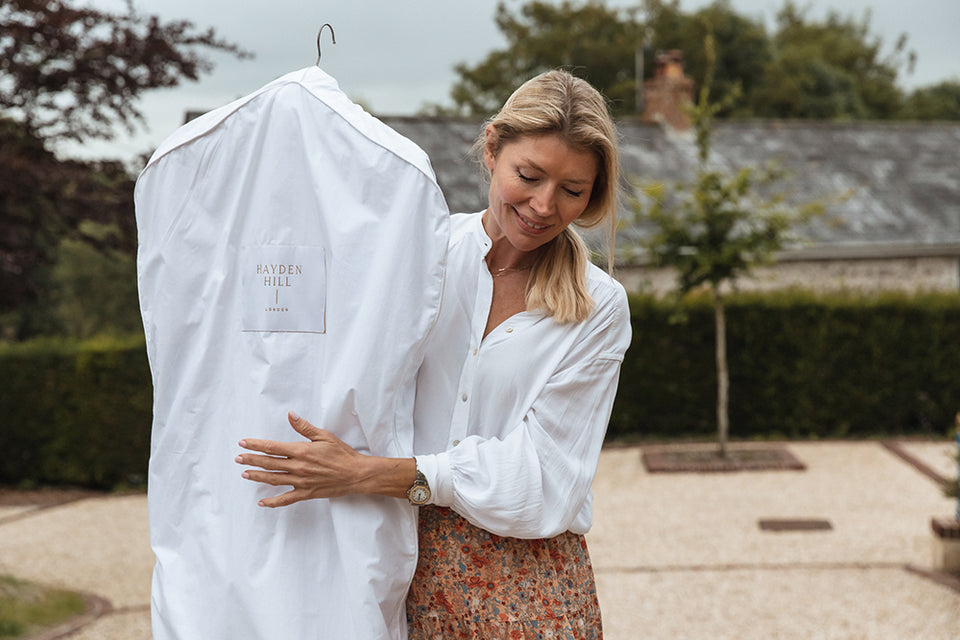
Sustainability is also of vital importance to Hayden Hill. Our garment bags are made of 100% organic, soft cotton that is environmentally friendly and allows your favorite pieces to breathe while keeping them protected from damage. We deliver sustainable and beautiful garment care to preserve and protect the clothes you love most.
